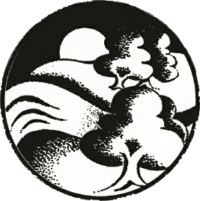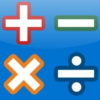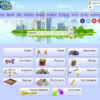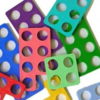At Spring Grove we believe all children can achieve in maths. It is important that our children and families develop a positive attitude towards mathematics and for them to see themselves as competent mathematicians.
We strive to ensure that our maths curriculum is carefully planned to help all pupils achieve, enjoy maths and reach their full potential.
Read on to find out more about how we plan and deliver maths across the school.
Visit our Online Learning page for websites for use at home and school.
Click here for a guide of maths props you can use from around the home.
Calculation Policy
Look at this document for guidance on how we teach calculations across the school.
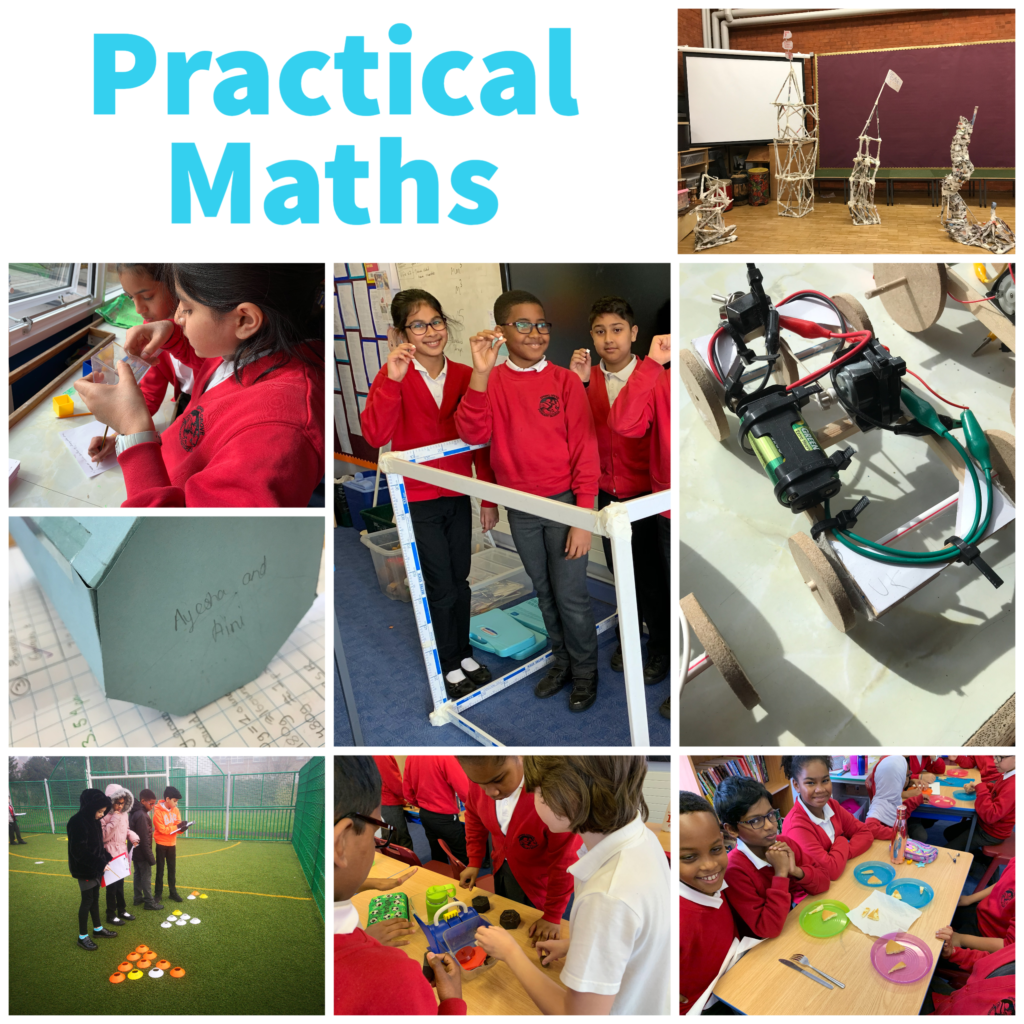
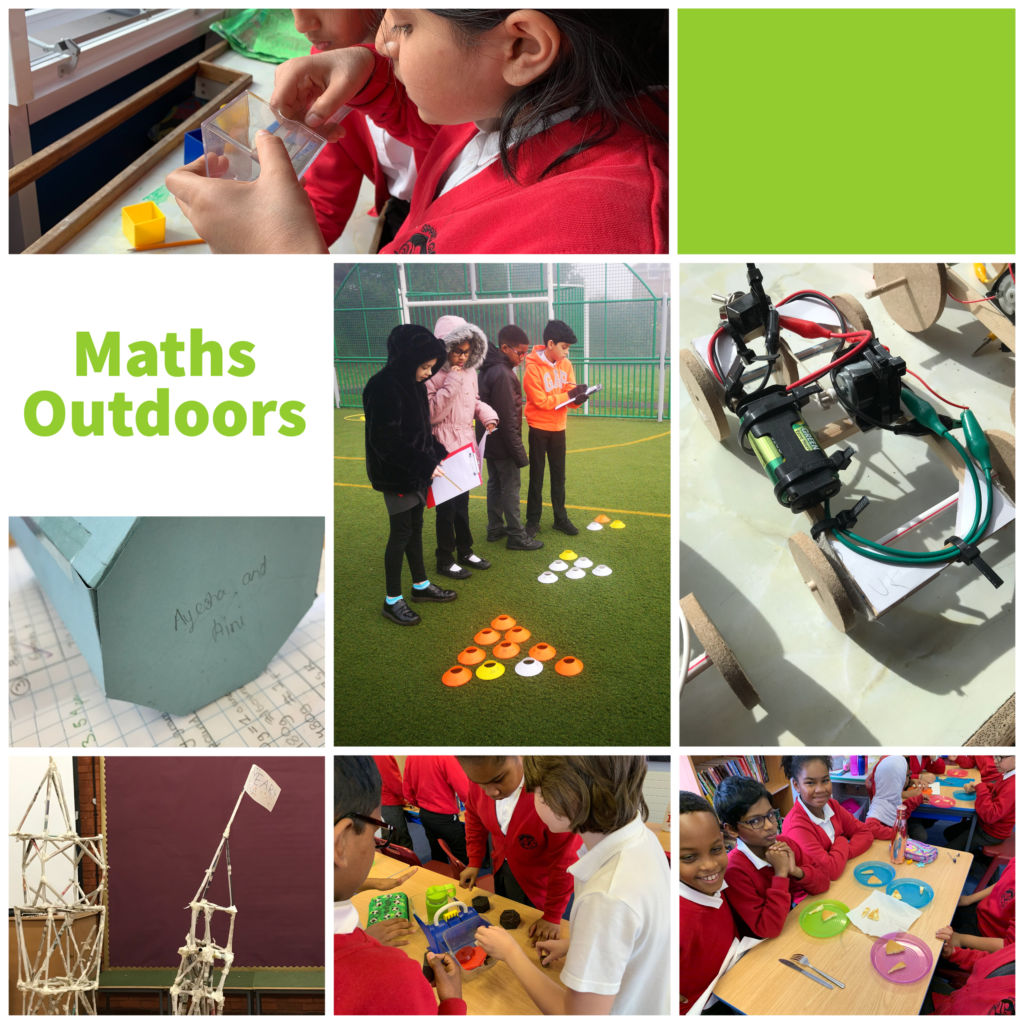
Maths Challenges (Photos)
Awe and Wonder! (Photos)
How do we plan?
As well as The National Curriculum 2014, Development Matters and the Early Learning Goals (Number, Shape Space & Measure), Years 1-6 use the White Rose Maths schemes of learning. The objectives are broken down by year group and a strong emphasis is placed on:
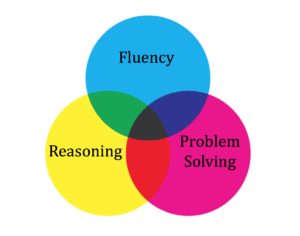
We are working towards using a mastery approach to teaching and learning. This is what we mean by mastery:
-
-
-
- Devoting more time to introduction of key concepts
- Focusing on one key idea only per lesson
- Keeping the whole class together
- Concentrating on pupils’ thinking (as well as doing)
- Anticipating difficult points and misconceptions
- Choosing representations and models carefully
- Planning questioning carefully
- Expecting and supporting precise explanations and reasoning from pupils
- Applying variation theory
- Intervening quickly to support those falling behind
-
-
The Essence of Maths Teaching for Mastery, NCETM
The principles of mastery ensure teachers stay in the required key stage and support the ideal of depth before breadth. They support pupils working together as a whole group and provide plenty of time to build reasoning and problem solving elements into the curriculum.
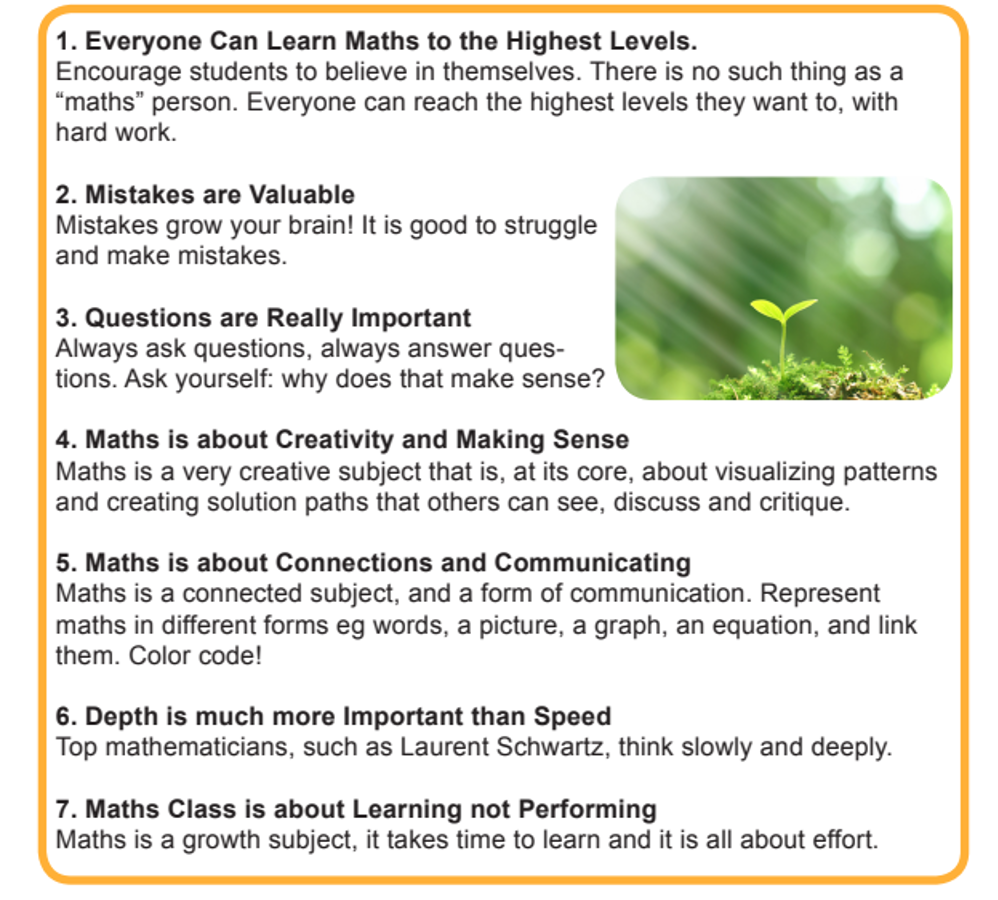
How Students Should be Taught Mathematics:
Reflections from Research and Practice Jo Boaler,
Professor of Mathematics Education, Stanford University
| Autumn 1 | Autumn 2 | Spring 1 | Spring 2 | Summer 1 | Summer 2 | |
| Y1 | Number: Place Value (within 10)
Addition and Subtraction (within 10) |
Geometry: Shape
Number: Place value (within 20) |
Number: Addition and Subtraction (within 20)
Place value (within 50) Multiples of 2, 5 and 10 incl.) |
Measurement:
Length and height weight and volume |
Number: (Multiplication and division)
Fractions Geometry: position and direction |
Number: Place value (within 100)
Measurement: Money Time |
| Y2 | Place value | Addition and subtraction
Money |
Division (inverse and remainder)
2D and 3D shape Time Multiplication |
Fractions
Statistics Measurement length/height mm, cm, m mass, capacity and temp – g, kg, ml, l |
Position and direction (turns)
SATs |
Investigations and problem solving |
| Y3 | Number: Place value
Addition and subtraction |
Multiplication and division | Multiplication and division
Measurement: Money Statistics |
Measurement: length and perimeter
Number: Fractions |
Number: Fractions
Measurement: Time |
Measurement: Mass and capacity
Geometry: Properties of shape |
| Y4 | Number: Place Value
Addition and subtraction |
Measurement: Length and perimeter
Number: Multiplication and division |
Number: Multiplication and division
Measurement: area |
Number: Fractions
Number: decimals |
Number: Decimals
Measurement: money Time |
Statistics
Geometry: Properties of shape Position and direction |
| Y5 | Number: Place value
Addition and subtraction Statistics |
Number: Multiplication and division
Measurement: area and perimeter |
Number: Multiplication and division
Number: Fractions |
Number: Fractions
Decimals and percentages |
Number: decimals
Geometry: Properties of shape |
Geometry: Position and direction
Measurement: converting units Volume |
| Y6 | Number: Place value
Addition and subtraction |
Number: Fractions
Geometry: Position and direction |
Number: Decimals
Number: Percentages Algebra |
Measurement: Converting units
Perimeter, area and volume Number: Ratio |
Geometry: Properties of Shape
Statistics |
Problem solving and investigations |

